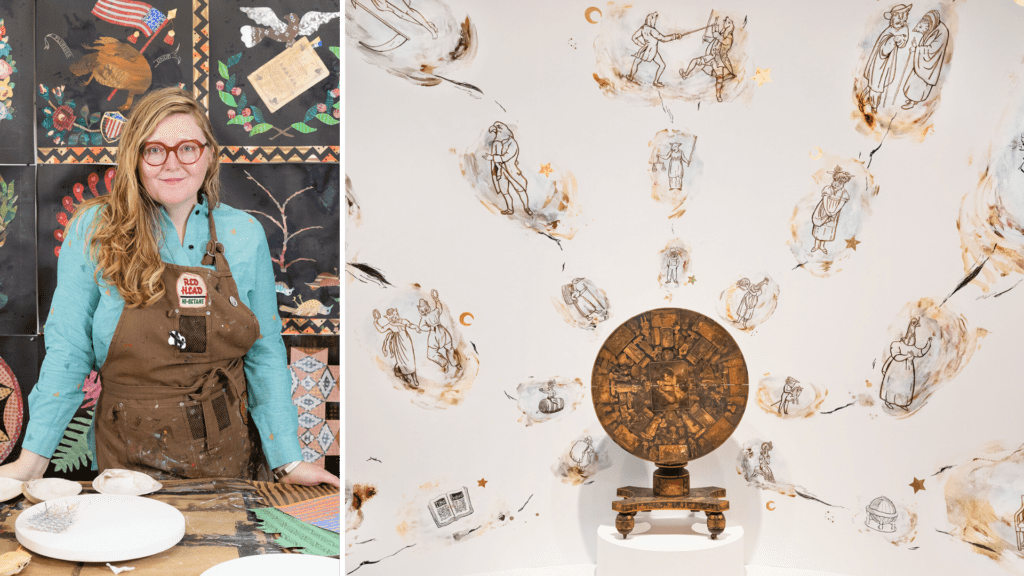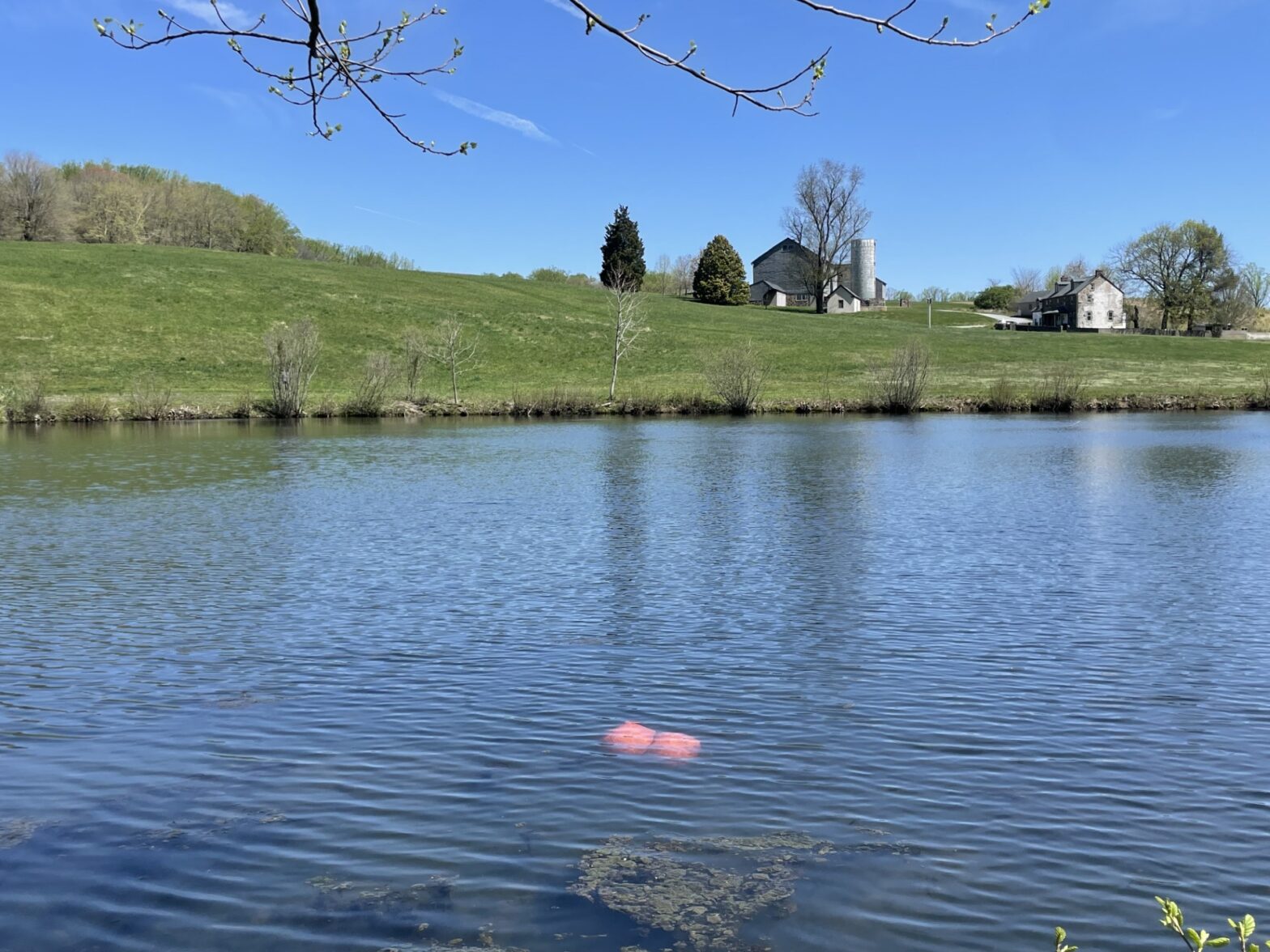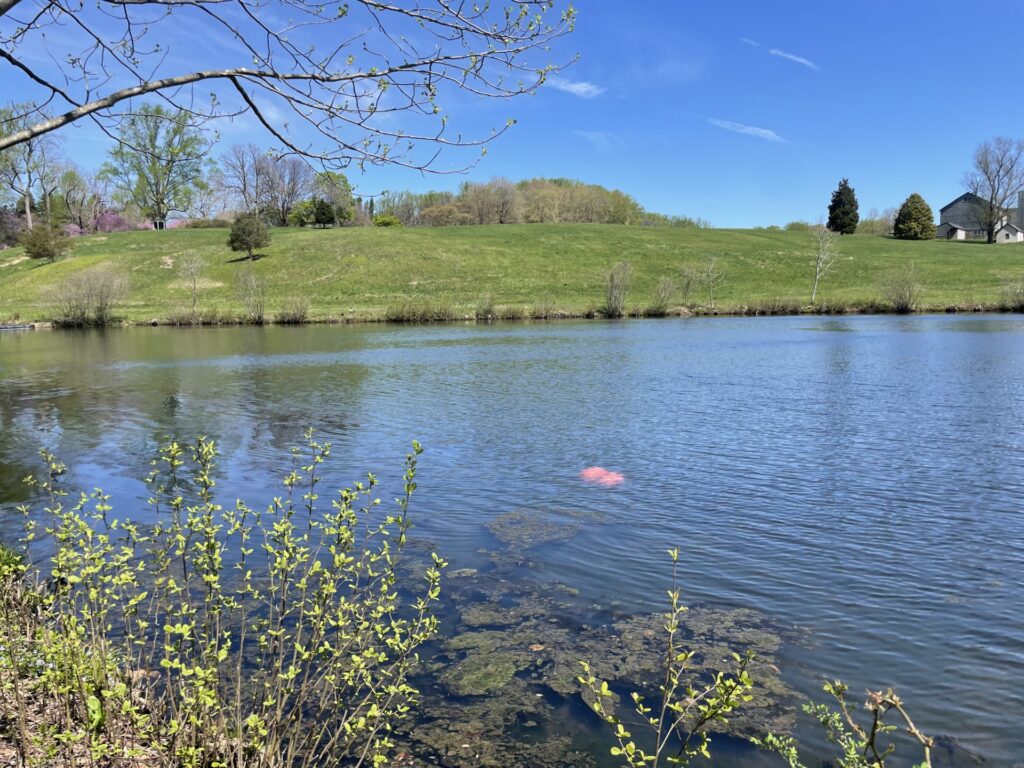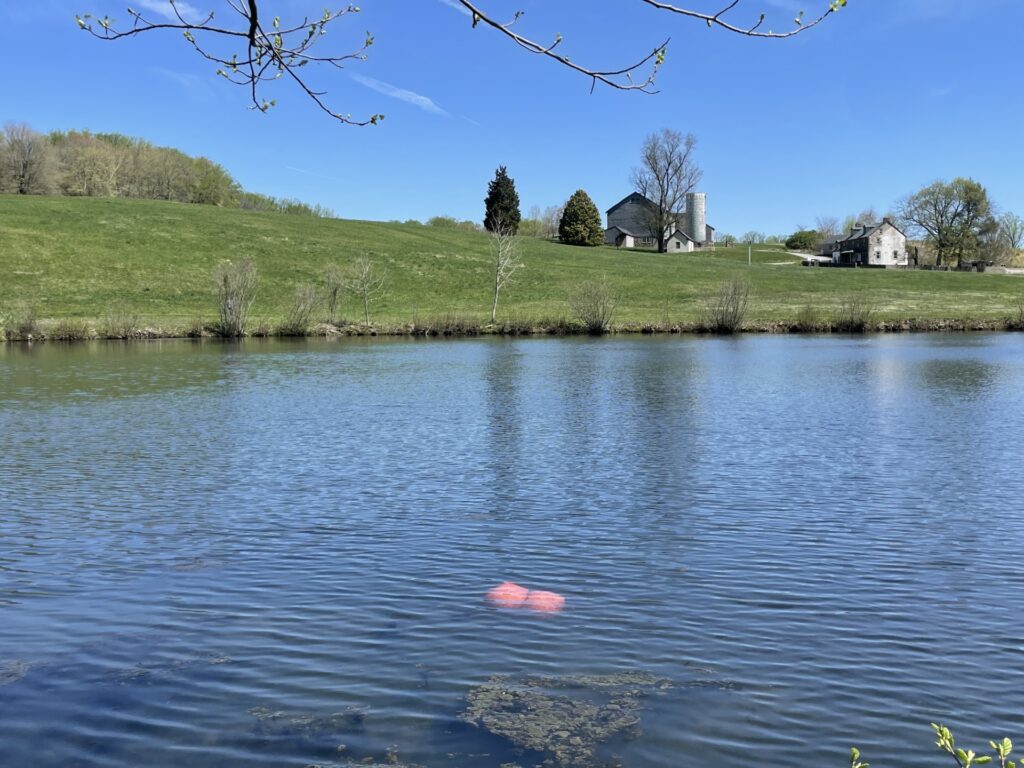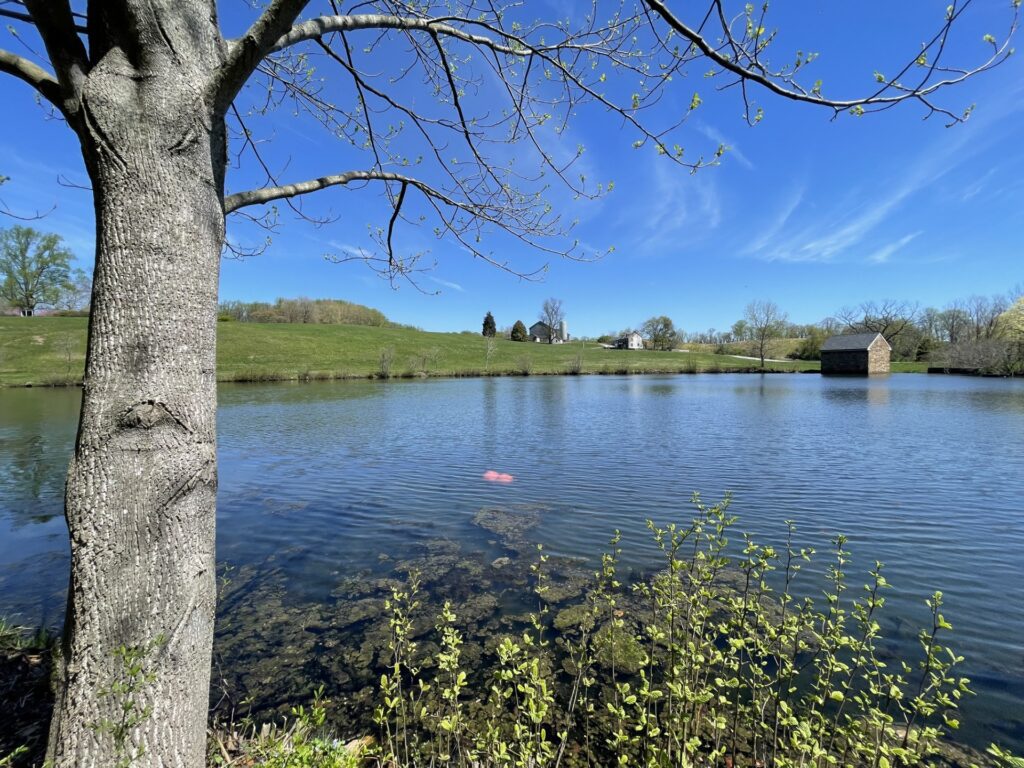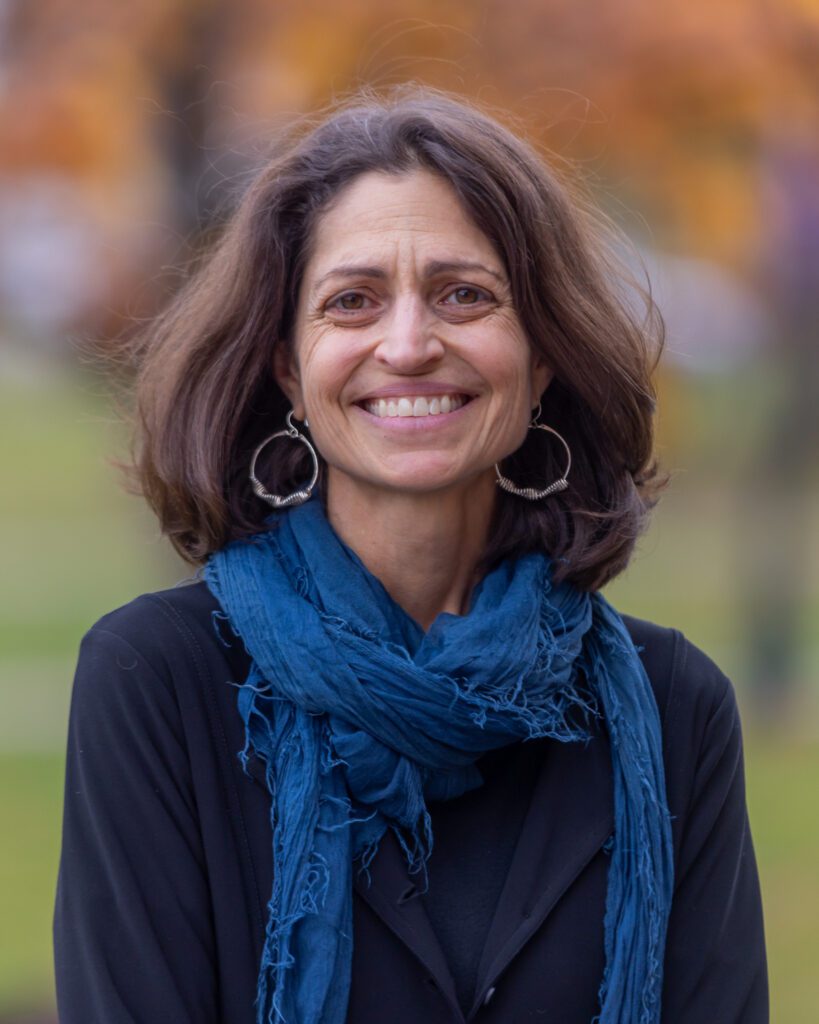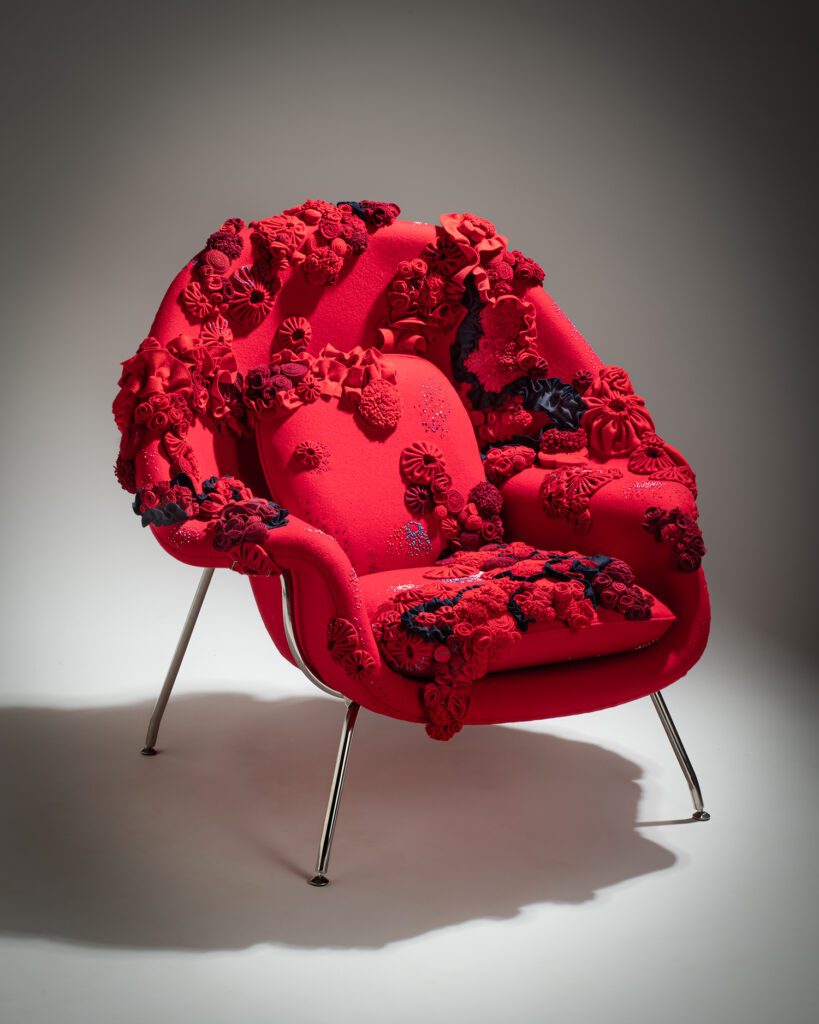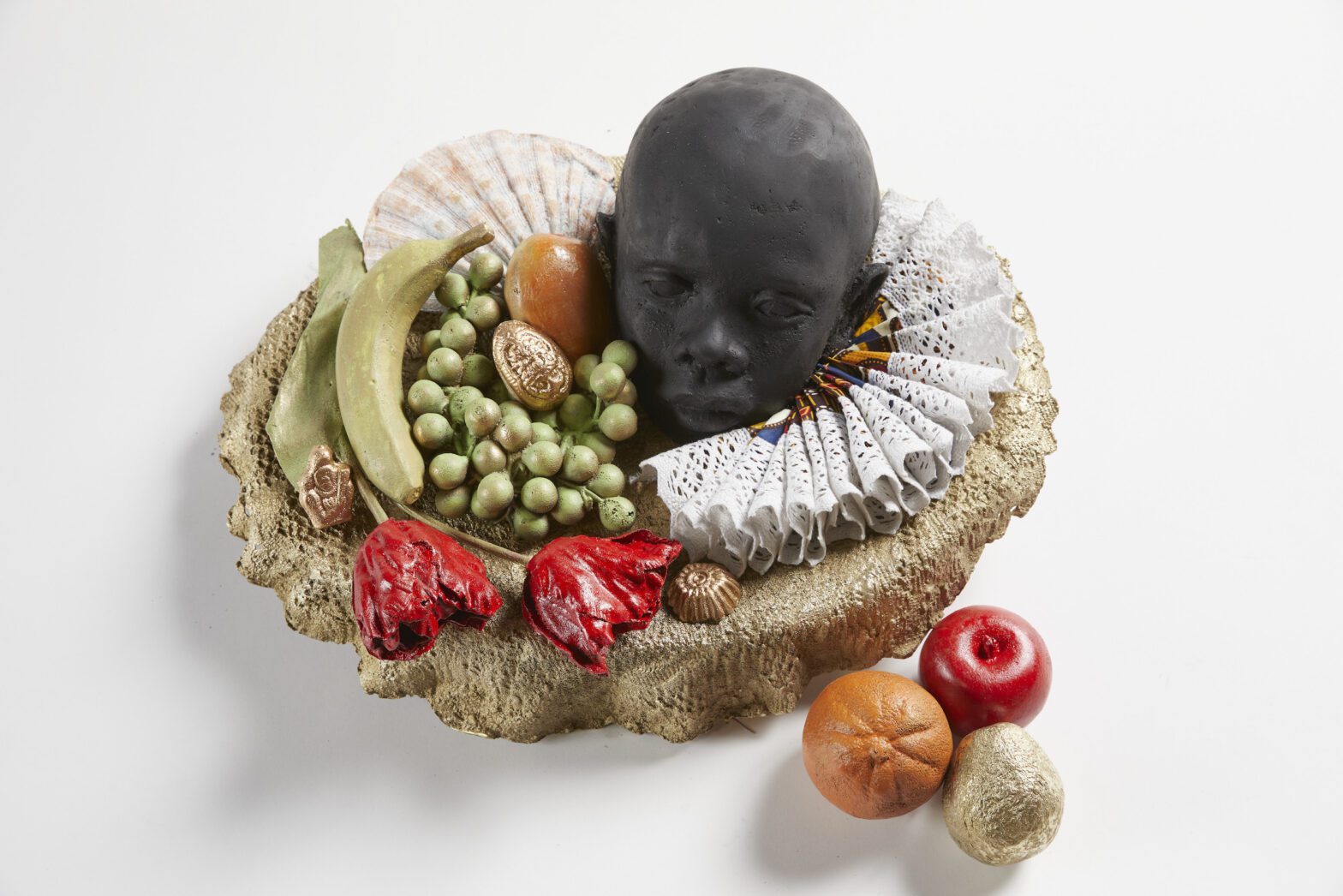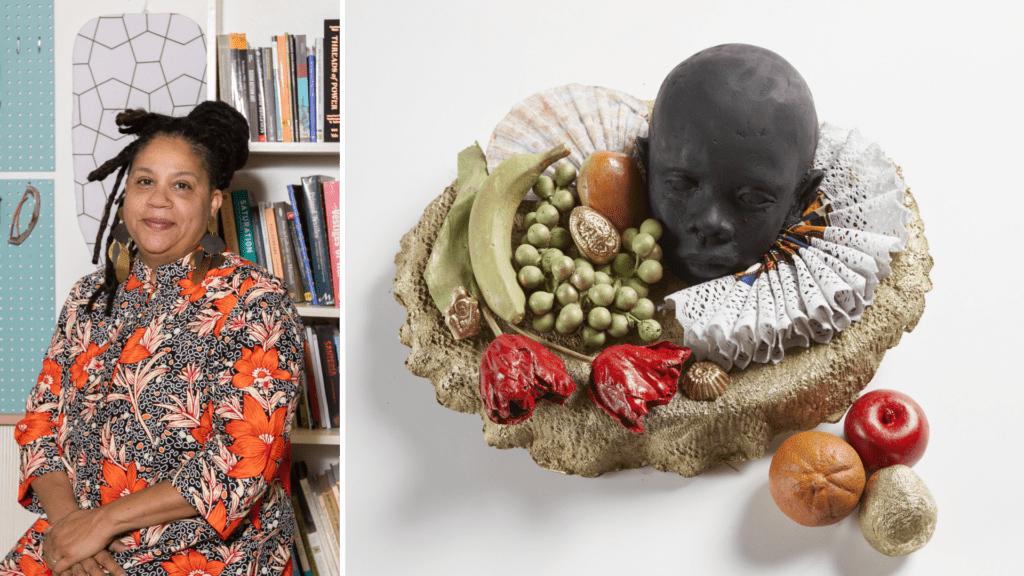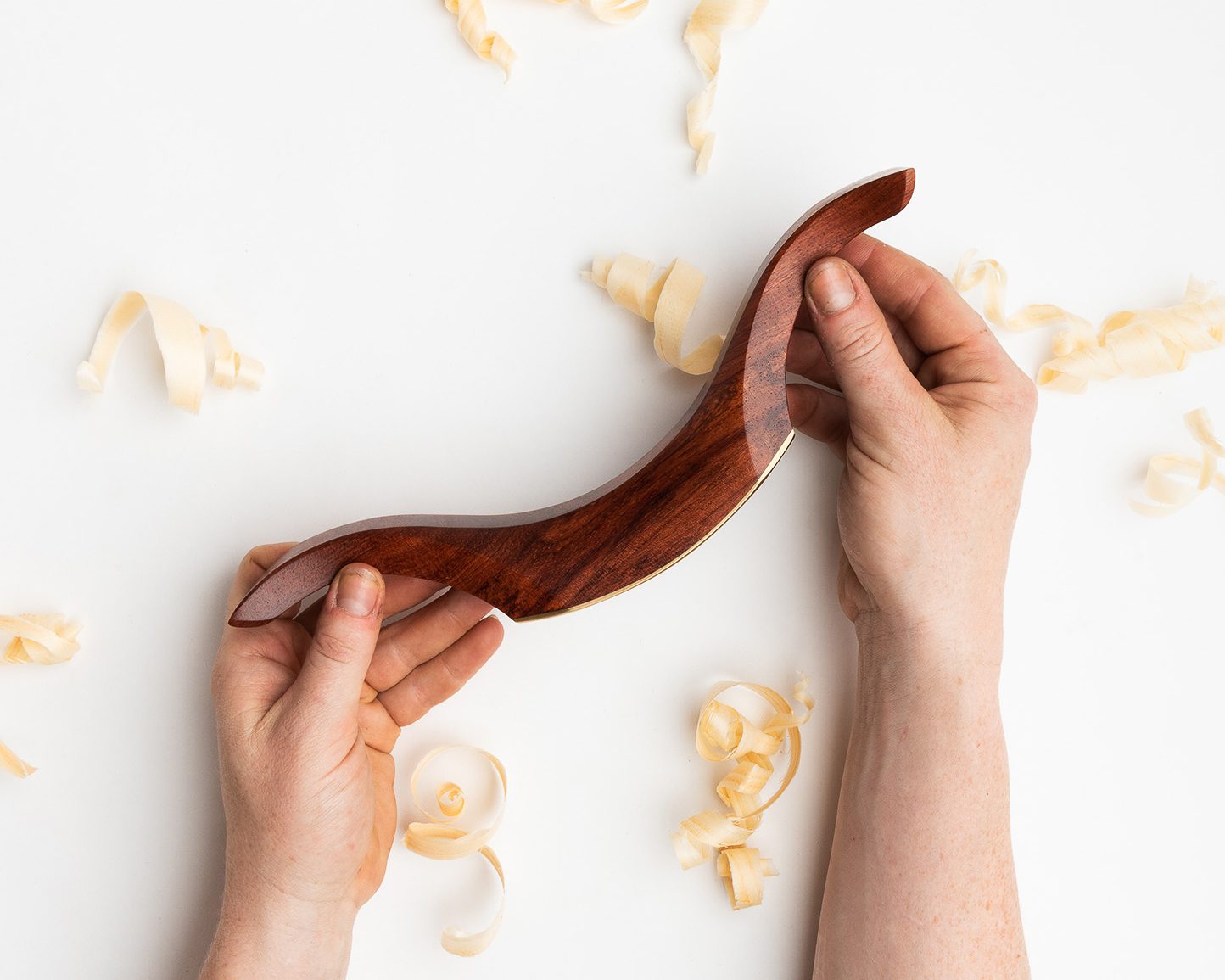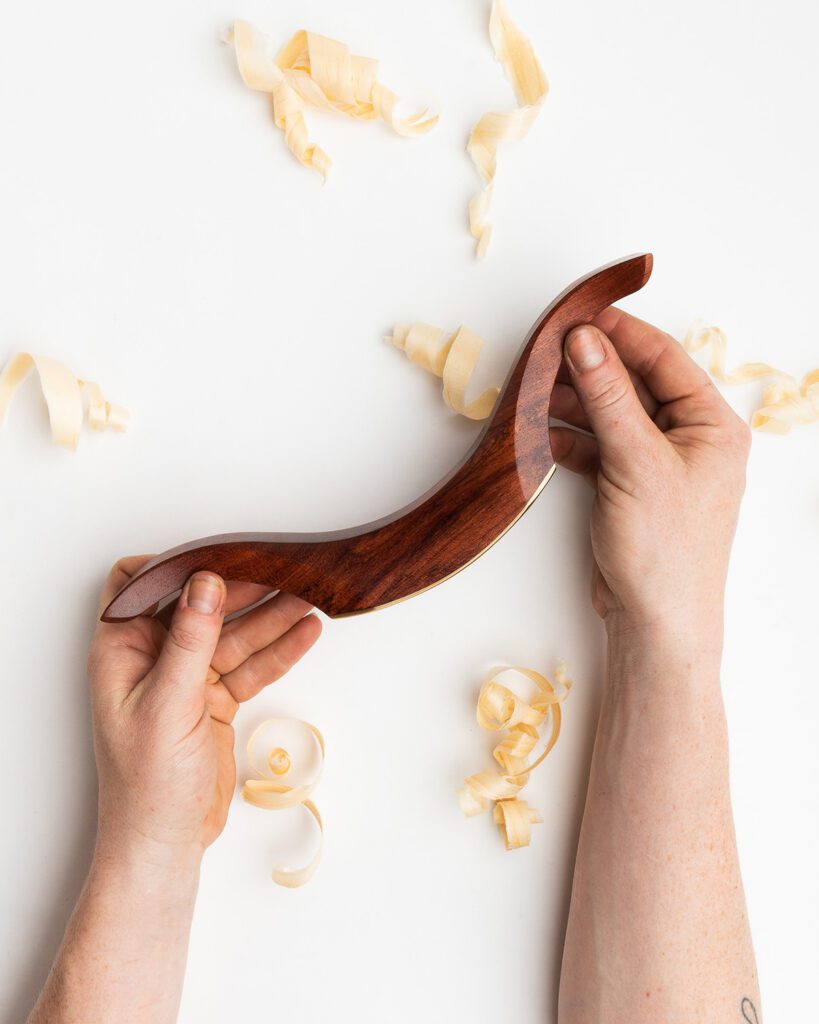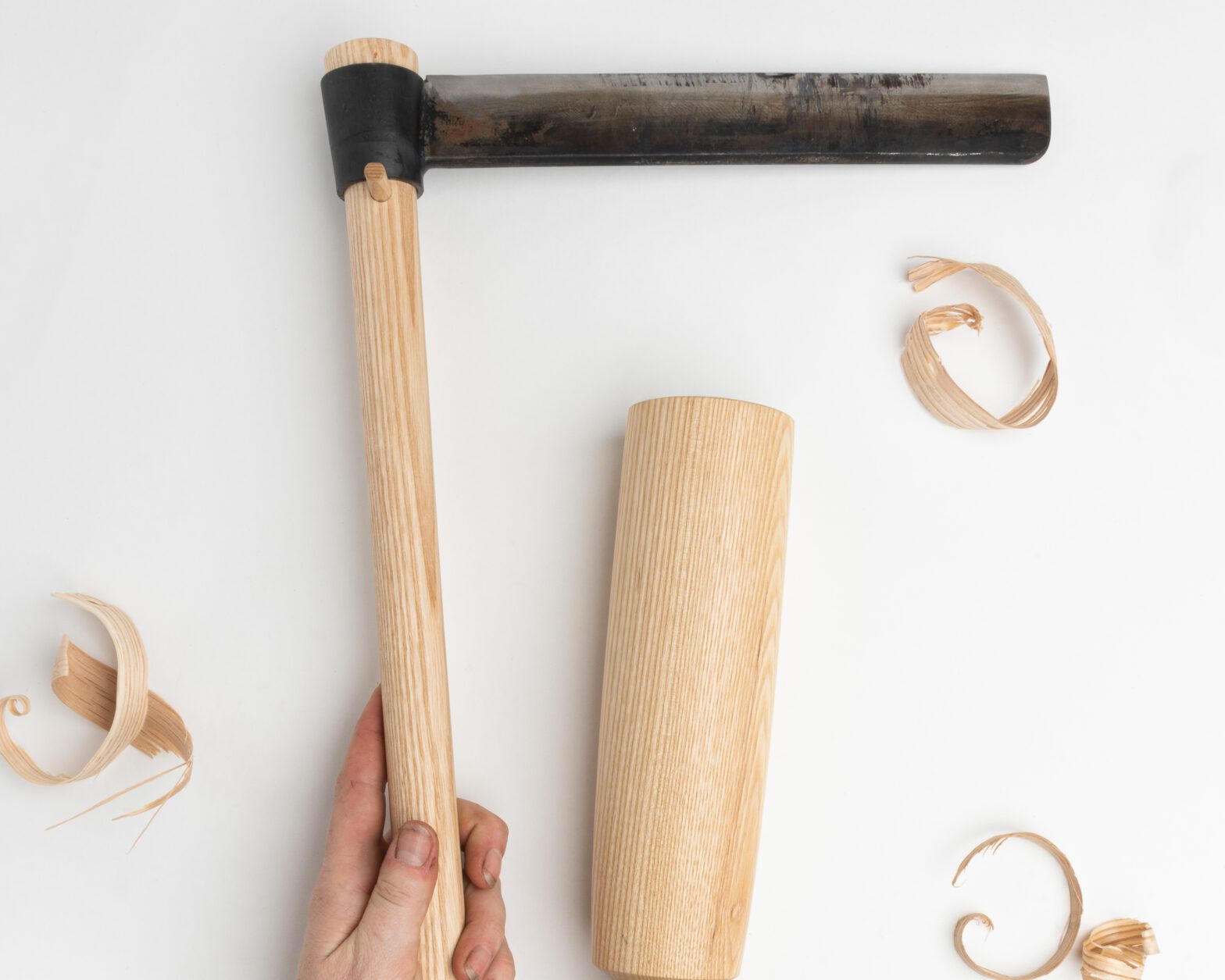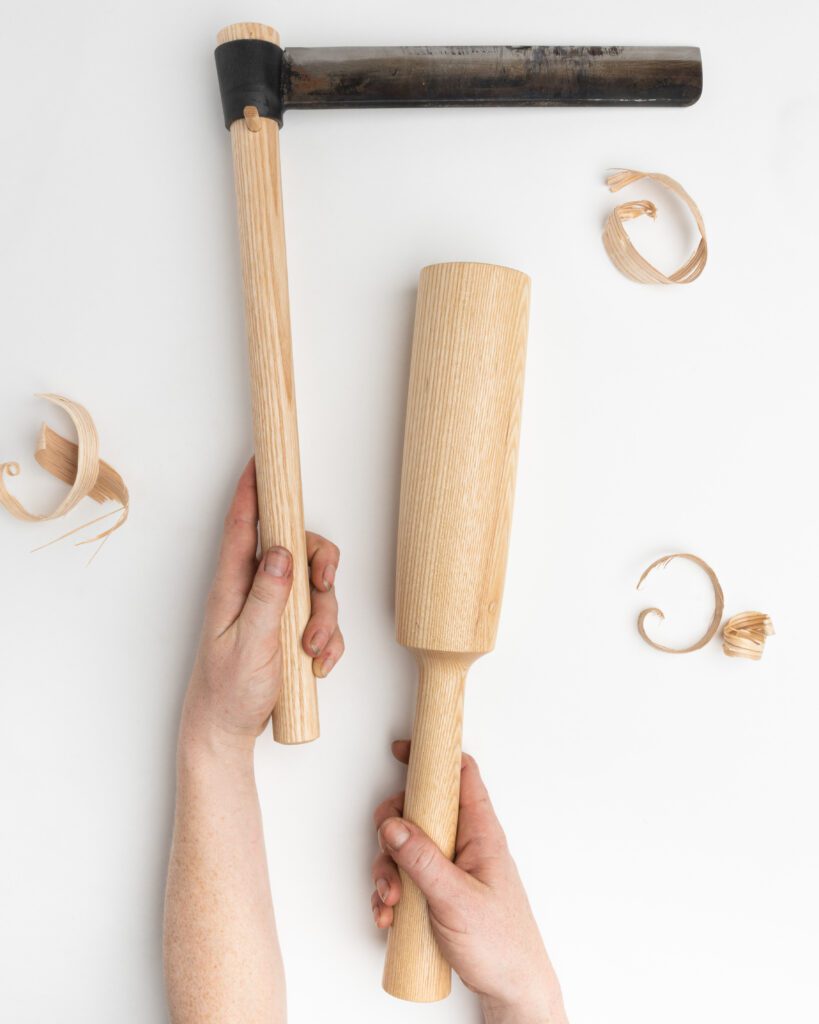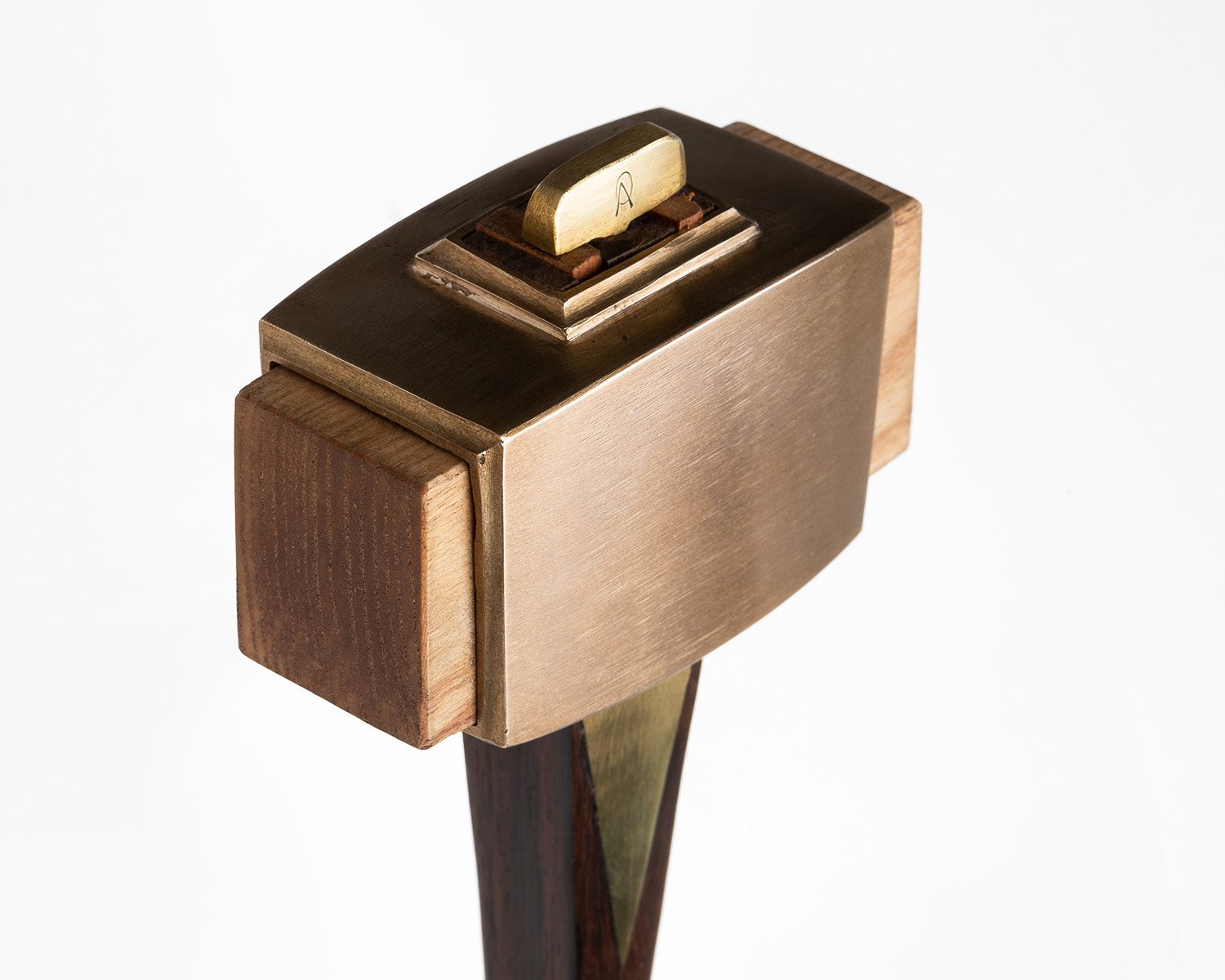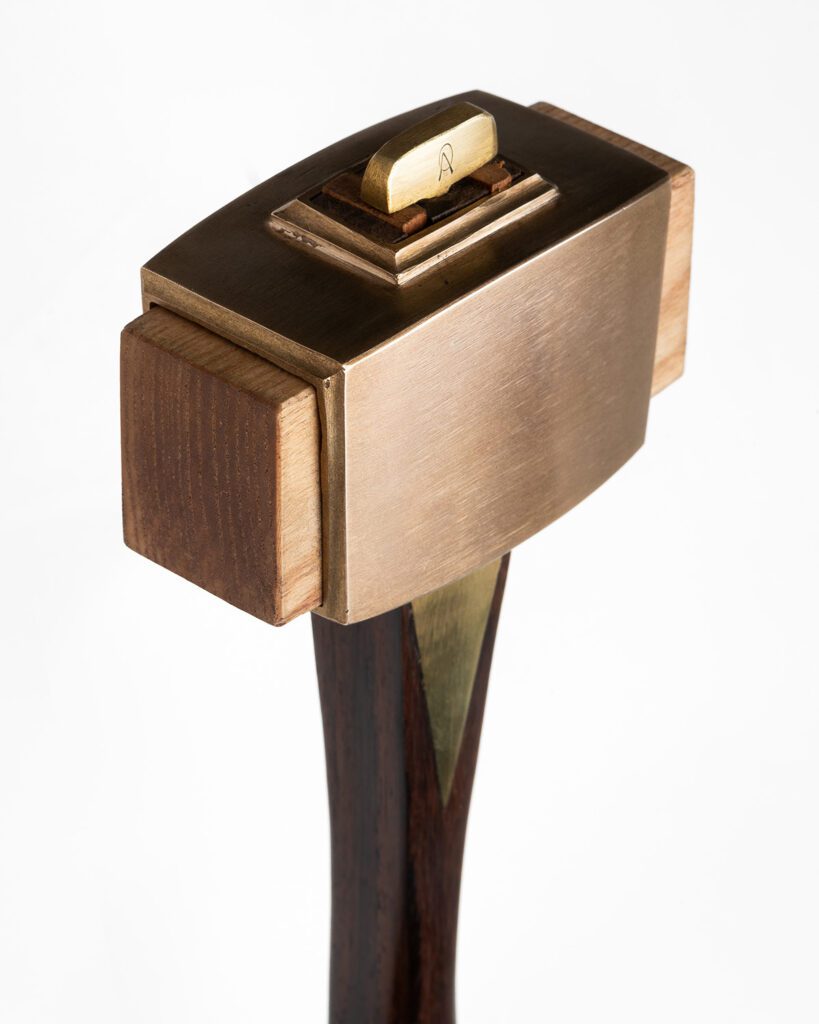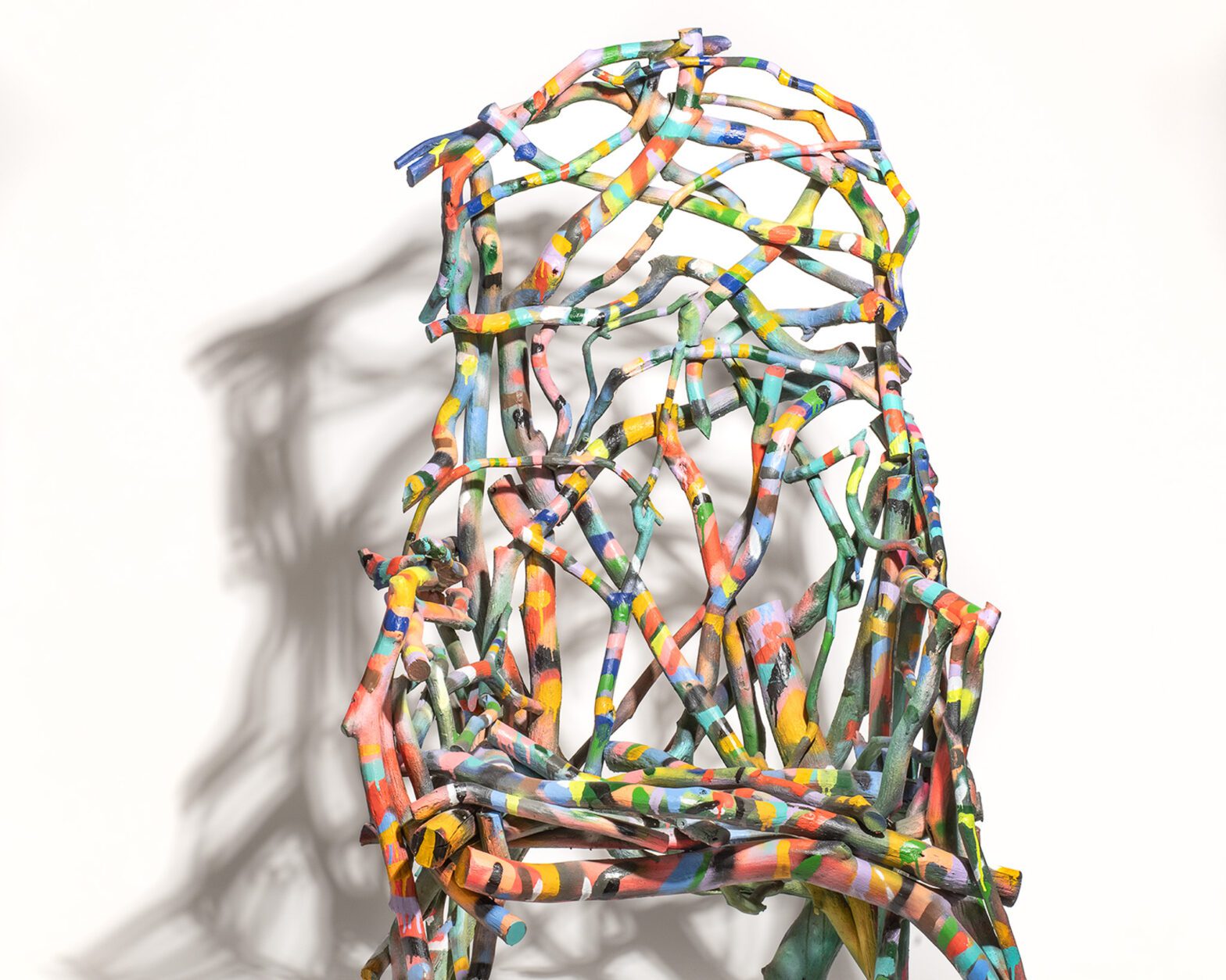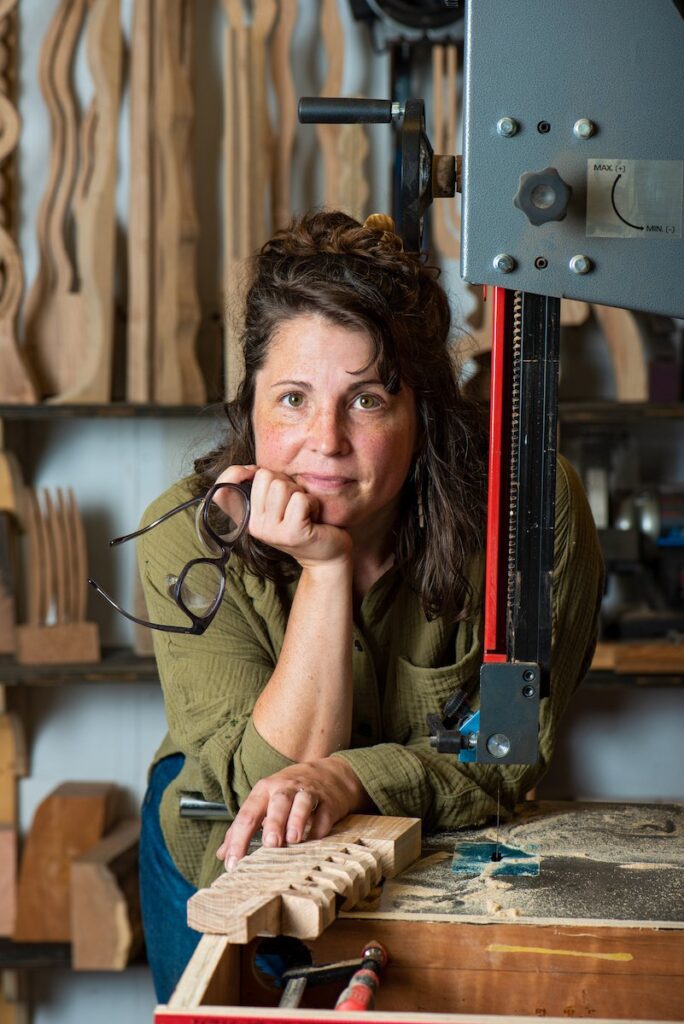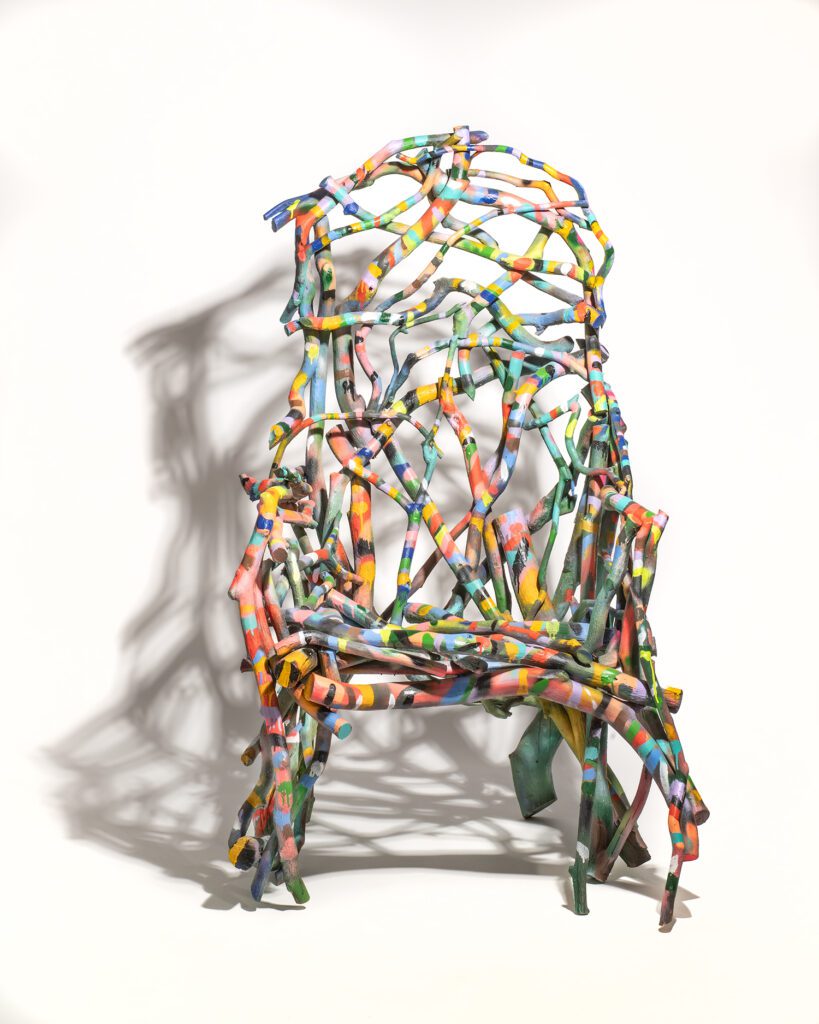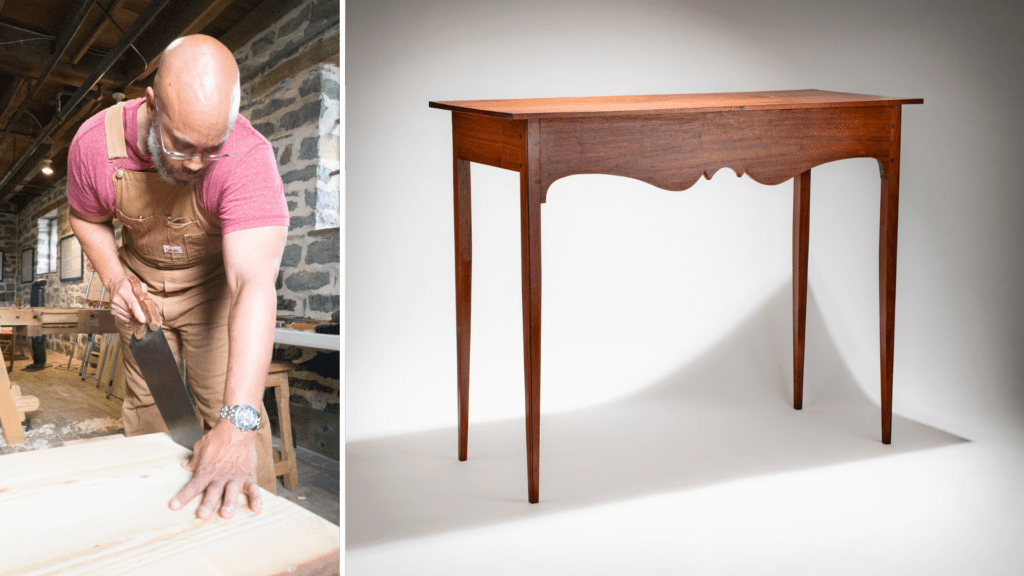
About the Artist
Graham, North Carolina
Jerome Bias is a furniture maker and cultural heritage practitioner, specializing in the reproduction of early Southern furniture using period techniques. He has been making furniture since 2000.
As the hearth cook with the Slave Dwelling Project during on-site programs, he learned to ask complicated questions, like: What were the skill sets of enslaved tradespeople? How did they craft lives for themselves and their families while enslaved?
Bias currently makes reproductions of furniture from places where his family was enslaved. He is exploring the question: How did his ancestors handle the trauma of enslavement and yet maintain the ability to have hope and love?
Website: JeromeBias.MyPortfolio.com
Social Media: @JeromeFBias
Artist Statement
Hope and Love. How do we see the ancestors? It is easy to see them through a lens of pain and suffering. In this project I look at them through a lens of hope and love. I sit in amazement at the courage it took for a mother to love her daughter knowing that if the crops failed, her baby girl could be sold to pay a debt. In this project, “What does that love look like?” I ask the question, what kind of generational trauma comes out of that experience?
We don’t know the names of many of the ancestors, and we have very few of their stories. But from research we know that we have artifacts that were witnesses to their lives. They were there while they lived their lives. They were the items that they used every day. They were the items that they bought to express themselves. They were the items that they bought to make life possible.
As a people forged in the bitter fire of American slavery, what does hope and love look like? Is it the resplendent coconut cake that was made by an auntie and would have graced this hunt board? Is it the oversize tree nails that hold the hunt board together while also fracturing the frame? What do you keep and pass on to the next generation? What do you find a new healthier version of? These are the questions that I am exploring through the building of the Georgia hunt board.


